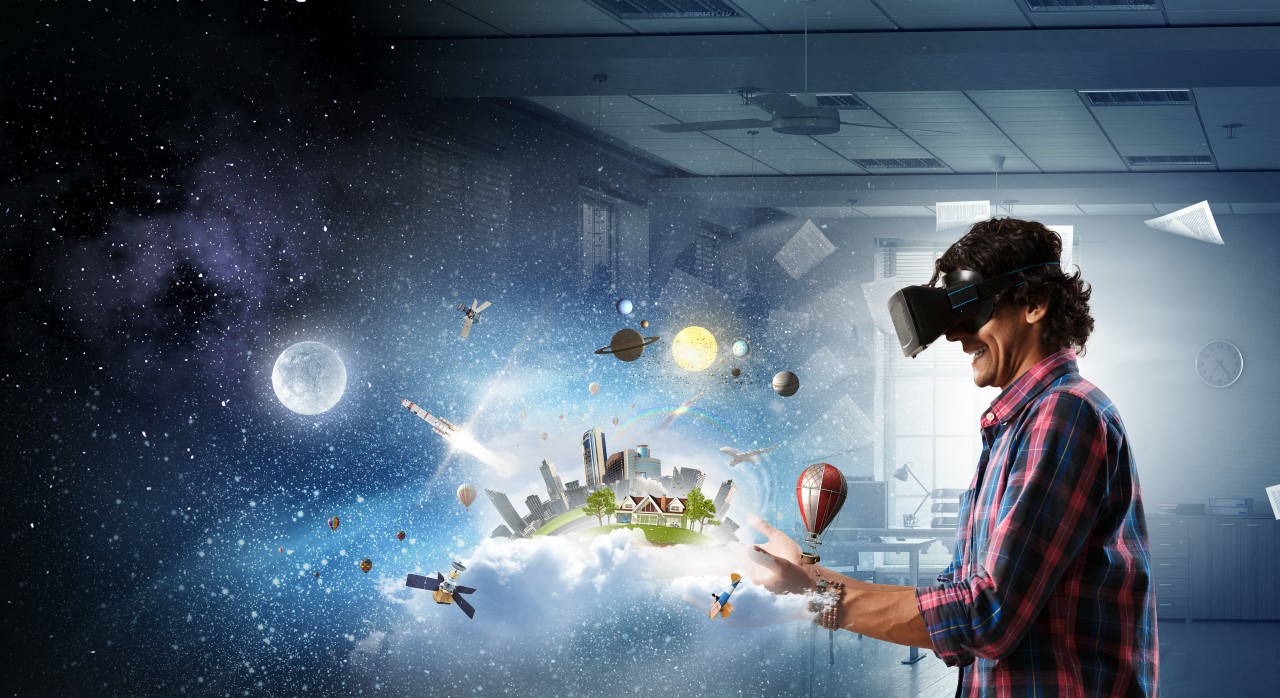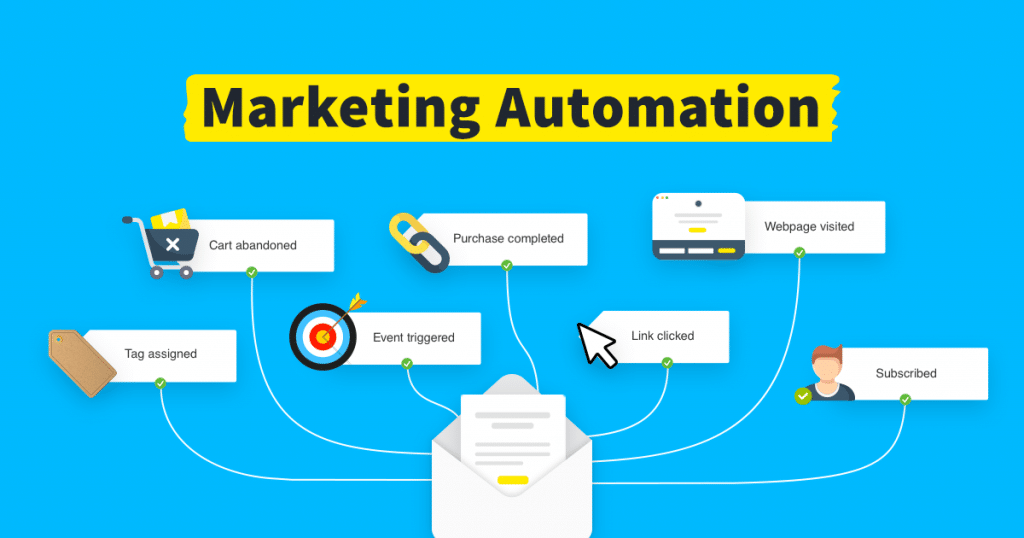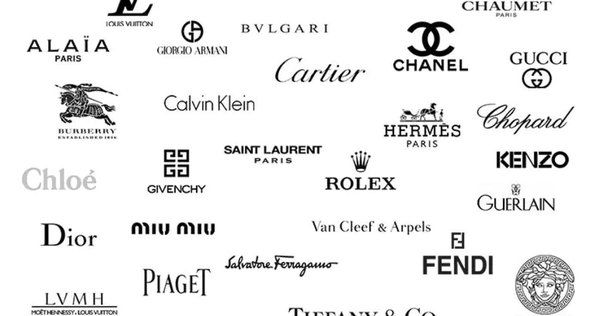What is Augmented Reality and Immersive Reality? A Guide from MyHoardings
At MyHoardings, we’re dedicated to keeping up with the latest advertising technologies to help brands make a significant impact. In the evolving digital landscape, Augmented Reality (AR) and Immersive Reality (IR) are game-changers in marketing and advertising. Understanding the differences between these technologies can enhance your advertising strategy and maximize engagement. Here’s an in-depth look at AR and IR and how they can be leveraged in advertising.
What is Augmented Reality (AR)?
Augmented Reality (AR) integrates digital elements with the real world, enriching the user’s view of their environment with interactive features. This technology is primarily accessed through smartphones, tablets, or AR glasses.

Key Features of Augmented Reality
- Digital Overlays: AR overlays digital content like images, text, or animations onto the real world. For example, an AR app might show how furniture fits in a user’s living room.
- Interactive Experience: Allows users to interact with both real-world and digital elements simultaneously.
- Accessibility: Utilized through widely available devices, such as smartphones and tablets.
Applications of AR in Advertising
- Product Visualization: Helps customers see products in their own environment before making a purchase.
- Interactive Campaigns: Engages users with innovative and interactive experiences that blend digital and physical worlds.
- Enhanced Engagement: Increases user interaction through creative and interactive AR experiences.
What is Immersive Reality (IR)?
Immersive Reality (IR) refers to technologies that create fully digital or semi-digital environments, offering a deeper level of immersion. This category includes Virtual Reality (VR) and Mixed Reality (MR).
Key Features of Immersive Reality
- Complete Digital Environments: IR technologies can create entirely virtual worlds (VR) or blend real and virtual elements (MR).
- Enhanced Immersion: Users experience a deeper sense of immersion, whether in a fully virtual space or a combined real and virtual setting.
- Specialized Devices: VR typically requires headsets like Oculus Rift or HTC Vive, while MR uses devices like Microsoft HoloLens.
Applications of IR in Advertising
- Virtual Showrooms: Create immersive environments where customers can explore and interact with products.
- Training Simulations: Use VR for realistic training experiences, benefiting both employees and customers.
- Virtual Events: Host engaging virtual events that offer interactive brand experiences in a digital environment.

Comparing Augmented Reality and Immersive Reality
Level of Immersion
- AR: Enhances the real world with additional digital content, maintaining user awareness of their physical surroundings.
- IR: Provides varying levels of immersion, with VR creating complete virtual environments and MR combining real and digital elements.
Interaction with the Real World
- AR: Integrates digital content into the real world, allowing users to interact with both simultaneously.
- IR: VR isolates users in a digital world, while MR offers an immersive blend of real and virtual interactions.
Use Cases in Advertising
- AR: Ideal for interactive and real-time engagements, such as product trials and augmented ad experiences.
- IR: Perfect for creating immersive brand experiences, virtual showrooms, and engaging virtual events.
Leverage AR and IR with MyHoardings
At MyHoardings, we specialize in harnessing the power of both Augmented Reality and Immersive Reality to deliver innovative advertising solutions. Whether you’re aiming to enhance customer engagement with AR or create fully immersive brand experiences with IR, our expertise can help you achieve remarkable results.
Explore how AR and IR can revolutionize your advertising strategy with MyHoardings. Contact us today to discover how we can integrate these advanced technologies into your next campaign and elevate your brand’s impact.
10 Tips for Marketing to Millennials – |



